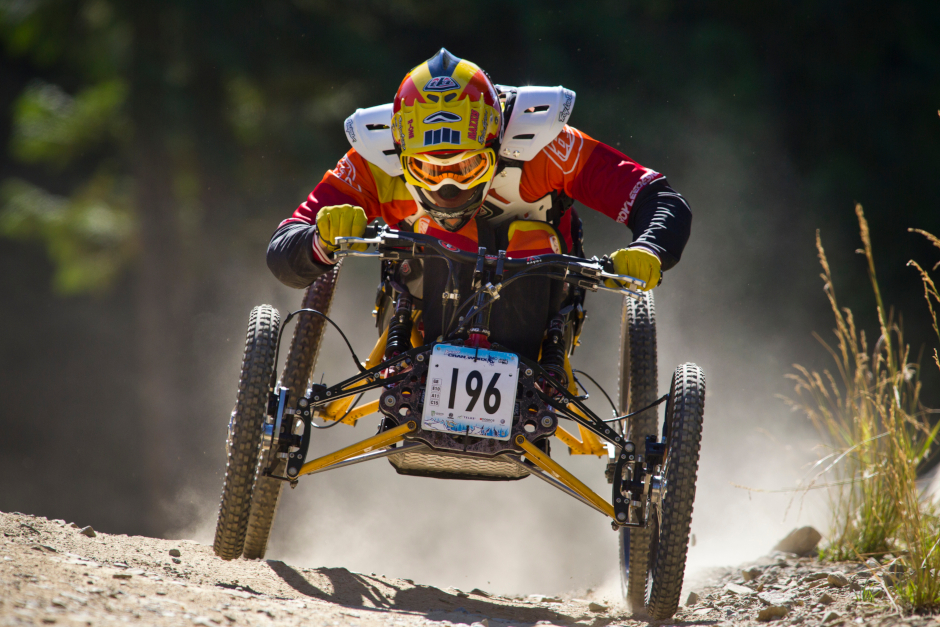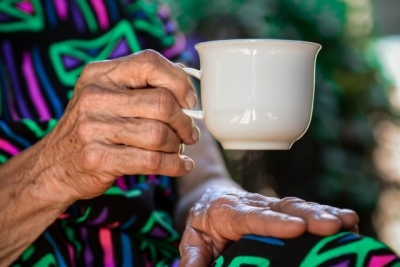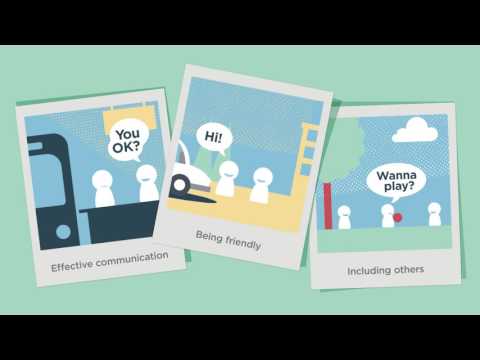Due to the barriers facing wheelchair users and others, it can be difficult to connect with nature and access off-road areas for people with a disability. However, the growing sport and leisure activity of adaptive mountain biking is providing a fun and adventurous way to explore these previously unattainable areas.
Not only is adaptive mountain biking a great way to get outside and have some adventure, but it is also great for your health due to the physical nature of the activity.
Video: Highlights from an off-road handcycling (adaptive mountain biking) competition that was held in Western Australia. See more at Break the Boundary.
The Different Types of Adaptive Mountain Bikes
While there can be many different variations of adaptive mountain bikes, the recumbent handcycle and the kneeling handcycle are the two most commonly used ones. Also, electric-assisted versions of both types of bikes are available, making uphill sections much easier.
Recumbent Handcycles
Off-road recumbent handcycles place the user in a leaning back position with their legs outstretched and strapped in place in front of them.
The user operates the hand cranks by pushing them simultaneously, instead of alternating like on a normal bicycle or the kneeling handcycle. There are also straps attached to the backrest which users can put on to assist with stability and comfort while riding.

Kneeling Handcycle
Unlike recumbent handcycles, kneeling handcycles have two wheels at the front and one at the back. The user is placed in a kneeling leaning forward position, with a bucket style seat and a chest pad to lean forward on.
Kneeling handcycles are operated using alternating hand cranks and have a traditional mountain bike handlebar, allowing for a better turning ability. With this increased turning ability and aggressive riding position, this type of adaptive mountain bike is more suited to downhill and technical riding styles compared to the recumbent handcycle.
It is important to note that as this type of handcycle places you in a leaning forward position with less ability to be strapped in compared to the recumbent handcycle, it may be more suited for people with greater trunk function and stability. Also, it places more strain on the neck and back and can be more difficult to transfer in and out of.
Riding Your Local Area
Adaptive mountain bikes are wider and have less turning ability than traditional mountain bikes, making some trails inaccessible. For example, trails with lots of trees close to the track may be difficult to navigate due to the width of adaptive mountain bikes. Talking to someone who knows your local trails well is a good start to find out if they may be suitable for an adaptive mountain bike.
Some things to ask your local trail expert include:
- The width of the trails
- The difficulty of the trails (e.g. are there any steep rocky sections?)
- Ask about the tree coverage
- The amount and difficulty level of uphill sections (especially if you don't have an electric-assist bike)
- Ask about the frequency of any mounds or humps as sufficient ground clearance is required for adaptive mountain bikes
Most adaptive mountain bikes have a push handle on the back of them. This means that if there are some sections of a trail that are more difficult (e.g. a steep uphill section), a friend may be able to assist you by pushing the adaptive bike while you continue to operate the cranks.
In the case that there are no trails in your local area that are suitable for an adaptive mountain bike, fire roads can be a great alternative to try as well and are still a great way to reconnect with the outdoors and go on a mountain biking adventure.
Safety Warning
Prior to making the decision to purchase an adaptive mountain bike, it is important to consult a medical professional that understands your disability so that they can advise you if there are any specific risks that you need to be aware of.
As the sport can be dangerous at times, it is important to wear the appropriate protective gear and make sure you never go riding alone. Also, it is recommended that you stick to areas with cell service so that you are able to call for help in the case of an accident.
Information sourced from:
Break the BoundarySports.org.au
IDEAS does information so you can do mountain biking.




























